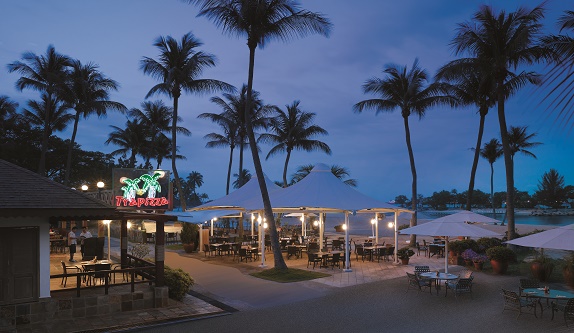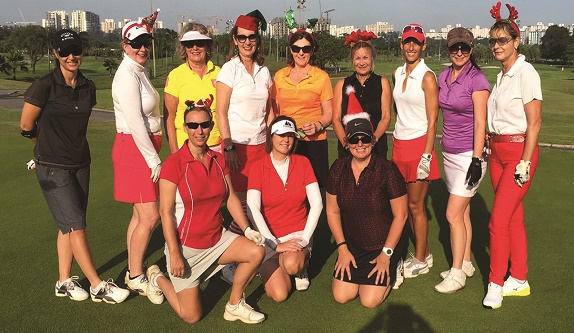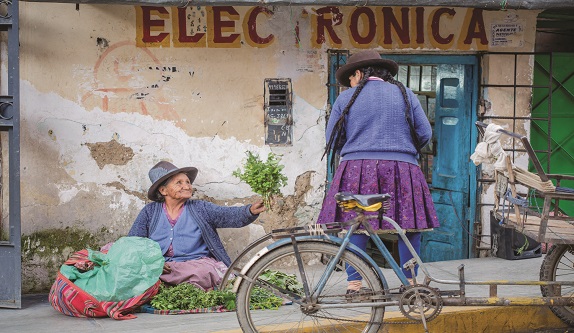
1. Get The Right Level Of Cover
Knowing you have medical insurance that provides adequate coverage is one important factor that can help you feel at ease. Determine your level of coverage comfort zone: basic, medium or comprehensive. In Singapore, a basic policy will cover hospitalization and inpatient costs, including surgery. The next tier will usually cover outpatient services (GP), but excludes specialists and restricts you to a specific list of local primary care doctors. Comprehensive plans typically cover all your medical expenses and will rarely leave you out-of-pocket by reimbursing costs for specialists, dental, maternity, physiotherapy and/or routine screenings.
2. Alleviate Exposure To Financial Risk
The treatment costs for the unexpected can be exorbitant. You need to know if you are adequately protected should you be diagnosed with a critical illness or require treatment after an unforeseen accident. If you are underinsured, the bill will fall to you for payment once your expense limits are exhausted. Top-Up health insurance is available for employee health benefits program holders and their families. Usually these benefit programs only offer minimum coverage for the policy holder with little or no support for major accident or crucial illness expenses.
Private hospital stays in Singapore average $500 per night and should you be admitted to the ICU, you are looking upwards of $600-$900 per night for the room charges alone before including any treatment costs. This is why we buy medical insurance: to protect ourselves from the financial burden of hefty hospital bills when life throws us a curve ball.
3. Understand Hidden Exclusions
Within your medical policy, your advisor will point out any hidden exclusions that will leave you vulnerable to large, uncovered medical expenses. The most common exclusion is pre-existing conditions. Depending on the type of condition and severity, insurers may offer to include the condition by charging an additional premium. In many cases, this additional charge is less than if you were to bear the costs of the condition out of pocket.
Also keep in mind, pregnancy and newborn insurance come with a waiting period of 12-24 months. Often newborn babes need a little extra care and paediatric attention or spend time in neo-natal ICU for even minor matters like jaundice. Daily visits back to the doctor to check levels after discharge can be ongoing and expensive.
At Expat Insurance we have seen bills exceed $180,000 in the first 30 days for extreme cases. Even in routine delivery, typically the bills for baby will exceed $2,000 just for the routine care immediately following birth while in hospital 3-4 days.
4. One Plan Doesn’t Necessarily Suit All
For families, keep in mind that it is not necessary to put all members on the same plan or with the same insurer. The employed spouse may just need a top-up plan because work provides basic cover, the other spouse may have a pre-existing condition best served by another policy and, while the kids are healthy, they tend to frequent the doctor’s office for minor accidents and illnesses. Expat Insurance, Singapore’s leading brokerage for expatriates can provide this flexibility for you.
Expat Insurance Pte Ltd, Call +65 6401 9201 Email: info@expatinsurance.com.sg
20 Upper Circular Road, The Riverwalk, #B1-52, Singapore 058416
Web: www.expatinsurance.com.sg








 ANZA Ladies Golf Christmas Day
ANZA Ladies Golf Christmas Day
